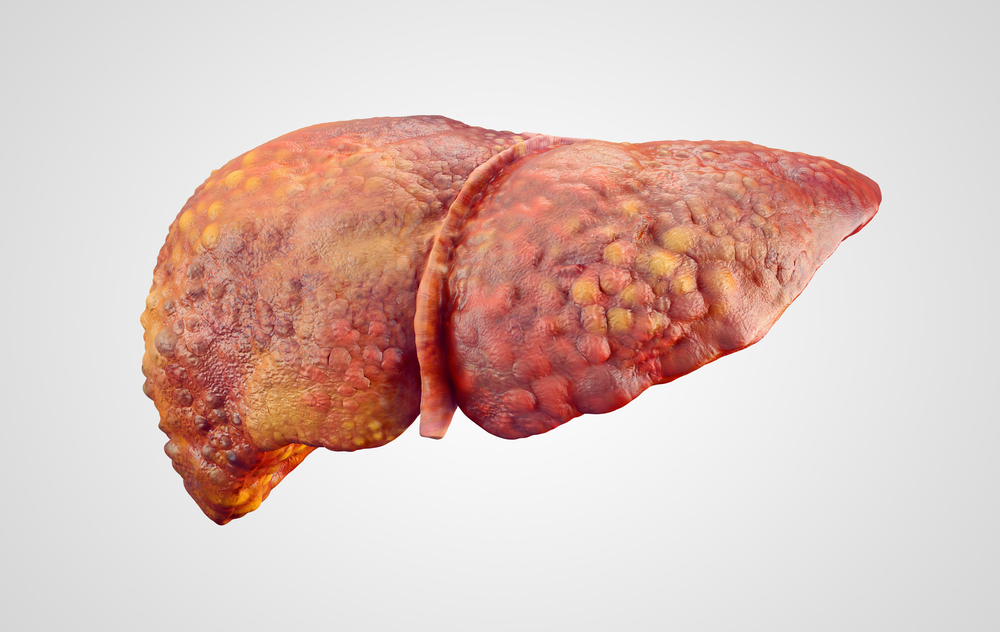The liver is one of the body’s most important organs. It removes toxins, maintains healthy blood sugar levels, and performs hundreds of other vital functions. When the liver is damaged by disease or excessive alcohol consumption, it tries to repair itself and forms scar tissue. This condition is also known as liver cirrhosis, one of the leading causes of liver cancer. As cirrhosis progresses, more and more scar tissue begins to form, making it increasingly difficult for the liver to function. However, if liver cirrhosis and liver cancer are diagnosed early on, further damage can be limited and, in some cases, reversed.
Risk Factors of Cirrhosis and Liver Cancer
There are many diseases and conditions which can lead to the development of cirrhosis and liver cancer. However, some of the most common risk factors include the following:
- Gender. Men are more likely than women to develop cirrhosis and liver cancer.
- Race and Ethnicity. Asian Americans and Pacific Islanders have the highest rates of liver cancer in the United States. This is followed by Hispanics/Latinos, Native Americans, African Americans, and Caucasians.
- Chronic Viral Hepatitis. When viral hepatitis becomes chronic, it can damage the liver until it develops cirrhosis. These infections are also responsible for making liver cancer one of the most common cancers in the world.
- Alcohol. Abusive intake of alcohol ultimately leads to liver damage and cirrhosis. This, in turn, is linked with an increased risk of developing liver cancer.
- Obesity. Being overweight and obese can lead to the development of fatty liver disease and cirrhosis. As a result, this further increases the risk of liver cancer.
- Autoimmune diseases. Some types of autoimmune diseases, like autoimmune hepatitis, cause your immune system to attack your liver cells. This is a chronic condition that can result in cirrhosis, ultimately leading to the development of liver cancer. Autoimmune diseases are also more common in women than men.
- Tobacco Smoking. The chemicals in tobacco cause damage to the liver, which can lead to cirrhosis and liver cancer. Former smokers typically have a lower risk than active smokers, but both parties have a higher risk than those who do not smoke.
- Genetics. If an individual has a family history of liver cancer, this can greatly increase their risk of developing the disease.
- Aflatoxins. These substances are made by a fungus that contaminates peanuts, wheat, corn, rice, and other foods. Storing food in a moist, warm environment can cause growth of this fungus. Long-term exposure to aflatoxins is a major risk factor for developing liver cancer. This risk is increased further in people with hepatitis B or hepatitis C infections.
Determine Your Risk for Developing Liver Cancer
If you have any known risk factors for cirrhosis or liver cancer, it is important to consult with a physician to determine whether you should receive regular screenings. If you have already been diagnosed with primary or secondary liver cancer, contact USA Oncology Centers at 855.870.4747 today. Our friendly representatives will answer all your questions or schedule an appointment with one of our interventional oncologists.
Disclaimer+++
The information in blog articles is for information purposes only. The content is not intended to be a substitute for professional medical advice, diagnosis, or treatment. Please always consult a licensed healthcare professional for advice on any specific medical condition or any changes to your healthcare decisions.

